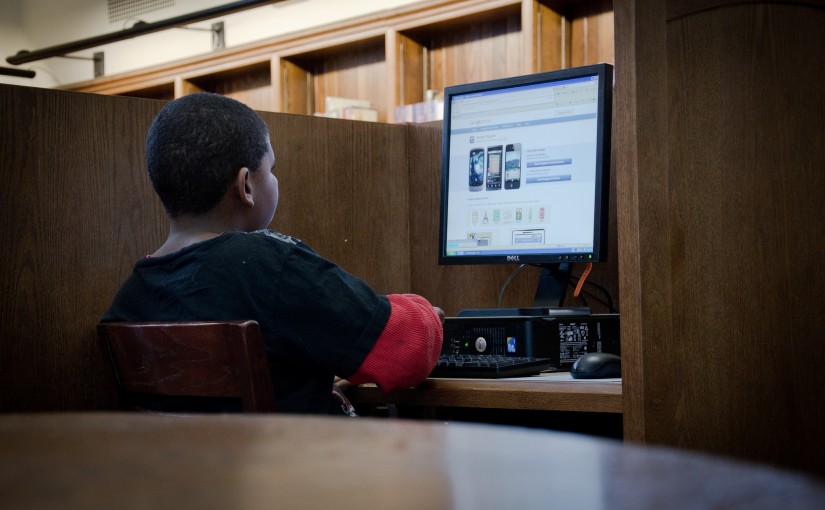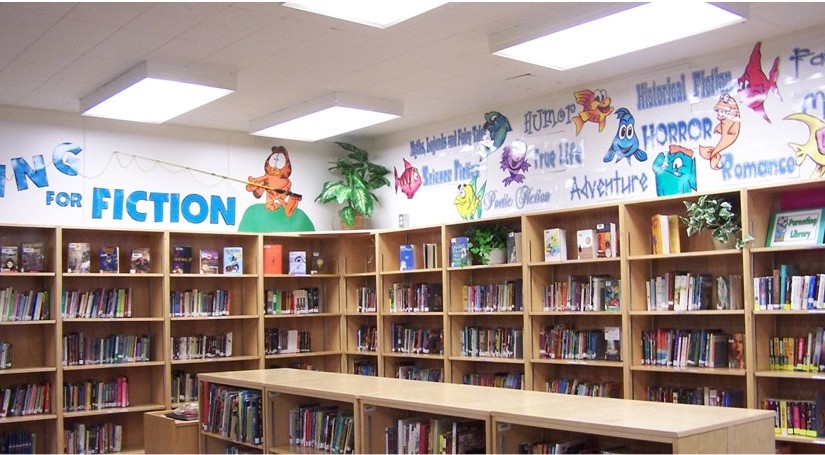Although school libraries’ role is shifting in the digital age, they are still a critical resource for students in fostering the skills for independent learning.
The Internet has changed how information is consumed, and some have even questioned whether libraries still have a role in the modern school system. However, libraries have and continue to adapt, offering critical support for student success. In fact, a well-equipped and staffed library is a key differentiator of the most successful schools.
Libraries continue to be important for student success because they don’t just offer access to books and resource materials—they also help students become independent learners.
What is Independent Learning?
As defined by Brightside, independent learning is “when an individual is able to think, act and pursue their own studies autonomously, without the same levels of support you receive from a teacher at school.”
In other words, independent learning is the ability to learn on one’s own, without outside support.
Why Does Independent Learning Matter?
When a child becomes an independent learner, limits on their education begin to dissolve. An independent learner is free to discover new books and pursue what they are curious about, from bugs to baseball to why the sky is blue.
This can, in turn, reinvigorate the learning process for students, even in the classroom, and turn them into lifelong learners who will continue to grow and learn long after they graduate.
These are critical life skills that will help their grades in school, their job performance in adulthood, and overall life enrichment.
How do Libraries Support Independent Learning?
To start, libraries offer access to a wide range of books and materials, both print and digital. Studies have shown that students are better, more avid readers when they have a wide range of engaging materials available to them.
Perhaps even more importantly, librarians help students become critical researchers. Mainstream search engines tend to produce results based on what a person has searched for and clicked on in the past. This means that search results reaffirm the searcher’s bias. But a school librarian can help students learn to apply strong research methods, evaluate the quality of provided information, and seek out balanced resources.
In a digital world, these are important skills not just for the classroom, but for life.
A Skill Set to Get Ahead
An independent learner is motivated, curious, and able to overcome challenges. These are qualities that would serve every child well and help them reach their potential. School libraries have a big role to play in developing this skill set in children, and schools can help their students get ahead by supporting them.


